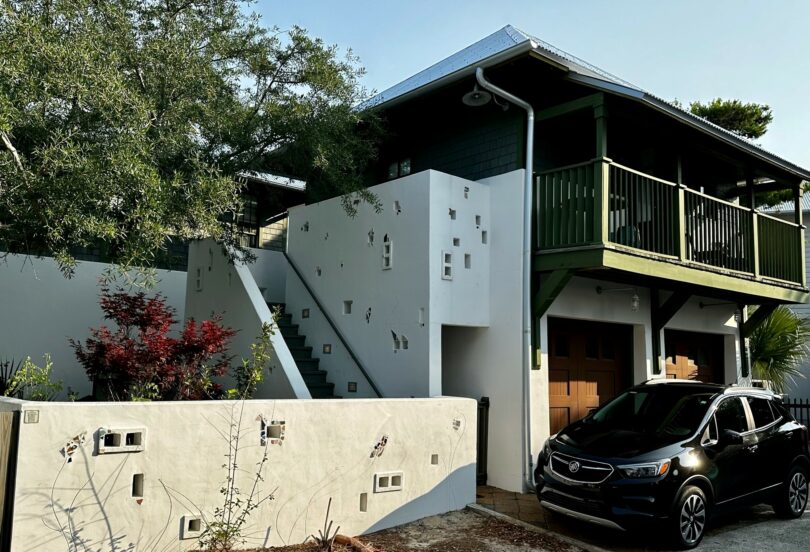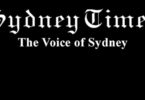Economist recommends new housing typologies and financial mechanisms to help solve Australia’s housing crisis
Amid mass migration, building delays and record-high house and rent prices, economists from a leading global services firm have warned Australia

Leigh Holford is Economics Principal at Hatch, a global multidisciplinary leader in engineering, operational, development projects and economic planning in urban solutions, metals, energy and infrastructure. Hatch employs more than 10,000 specialists in 65 offices across the globe, and recently expanded its team of economists across Melbourne, Sydney and Perth.
Leigh says rising affordability concerns, an increase in single-person households, the move towards more sustainable housing, and record low national rental vacancy rates of 0.9 per cent1 have created a maelstrom of challenging housing conditions that require a continental shift in how we look at shelter. Research reveals that Australia will face a net supply shortfall of over 250,000 homes by 2028.2

“There’s a fast-growing need to deliver more equitable housing across Australia. We’re seeing rising rates of regional homelessness3 and, according to Homelessness Australia, 52 per cent of people who become homeless cite financial reasons such as an inability to pay the rent4. Given rent values rose annually by up to almost 100 per cent over the 2022 and 2023 financial years in most suburbs within our major capitals5, we predict the crisis to worsen unless unconventional approaches are adopted.”

Leigh urges developers to

Housing typologies to help ease the crisis
Hatch has recently worked with Haven Home Safe on IMBYs (In My BackYard) housing types. IMBYS – or Accessory Dwelling Units (ADUs) – are secondary, fully self-contained dwellings, typically known as granny flats or ‘Fonzie flats’ on garages, on the lot of an existing house.
Leigh says: “While there are regulations governing their construction, there has been growing interest in promoting IMBY development to increase housing affordability and address urban sprawl and sustainable development. They are an effective solution to boosting affordable rental housing, particularly in parts of the country where critical community workers are needed.6”
ADUs have been successful in California, for instance, which passed a law in 2017 to force cities to relax ADU construction restrictions. In 2022, homeowners applied for over 30,000 ADU permits – almost one-fifth of all permits. ADUs are also taking off in Chicago, Miami, parts of Montana and in Seattle, where there was a 25 per cent YoY increase in ADU permits in 2022. The uptake here in Australia is still not known in response to recent changes across Australia. Hatch believes more needs to be done to relax restrictions for parking and site setbacks to truly unleash their potential.
Build-to-Rent (BTR)
By beefing up Australia’s BTR numbers, Leigh argues it will not only ease the record low vacancy rates but provide longer term leases. “The BTR model also prioritises sustainable building and living, which in turn means more energy-efficient housing for Australians. We hope to see more operators entering the market.”
Financial levers the Government can use
In addition to new housing typologies, there are financial levers at the government’s disposal to ease the housing problem. The Federal Government recently released a Housing Australia Future Fund (HAFF) and a National Housing Accord,8 which seek to improve housing outcomes for Australians via ongoing funding for social and affordable rental housing.
Leigh says: “Government funding is critical, and we welcome HAFF, but to truly address the shortage of housing we need long-term reliable funding that is not linked to changing Government budgets. Long-term financial instruments are critical”.
Another solution is debt guarantees for community housing, where a government or non-profit provide assurance to lenders that they will cover repayments if the borrower (typically a community housing organisation) defaults. This makes financing easier for such projects, ultimately
Shared equity programs are a second solution. They allow home buyers to share the property purchase cost with a government agency or non-profit. In the UK, Shared Ownership is one such program that allows home buyers to purchase 25-75 per cent of a property while paying subsidised rent on the remaining portion. Buyers can gradually increase their ownership stake.
Leigh says: “We are urging planners, governments and developers to rethink what housing looks like – and we can learn from what’s working well overseas. Internationally, for instance, it’s common to have 2-3-year rental agreements.”
She also points to Haven Home Safe – a community housing provider actively working on finding innovative solutions, including featuring differing housing typologies such as IMBYs that can contribute to addressing the crisis.9
Haven Home Safe Group CEO Trudi Ray agrees a multi-pronged
Leigh adds that the national reticence to try new tactics for fear of failure and finger pointing must be shelved. “Step change in how we approach housing in typology, ownership and funding is critical to addressing the ongoing and growing housing crisis,” she says.
Images available of Hatch Economics Principal Leigh Holford and Haven Home Safe Group CEO Trudi Ray.
About Hatch
Hatch is passionately committed to the pursuit of a better world through positive change. With more than 65 years of experience, Hatch is a leading global services firm specialising in mining and metals, energy, infrastructure and digital technologies. The company draws on more than 10,000 specialist employees in 65 offices across the globe including offices in Melbourne, Sydney, Brisbane, Perth, Adelaide, Wollongong and Newcastle to tackle some of the world’s toughest challenges. Hatch’s first Australian-based project was the Melbourne Underground Rail Loop in 1976 and since then has helped design and build hundreds of private and public projects. Visit Hatch.com
1 https://www.domain.com.au/
2 Institute of Public Affairs, https://ipa.org.au/
4 https://
6 https://www.archistar.ai/
8 https://www.
9 Innovative partnership to deliver more homes for Horsham – Haven Home Safe







